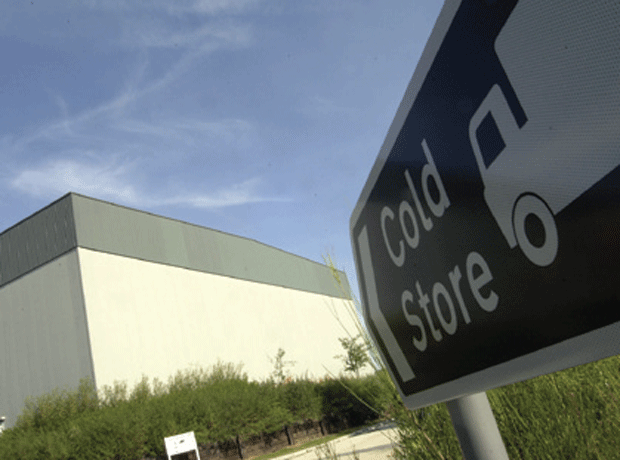
Cold storage is predicted to reach capacity by June, causing a headache for businesses already scrambling to deal with excess stock.
Storage facilities are quickly filling up as many foodservice suppliers opt to freeze goods that cannot be redirected elsewhere. Meanwhile, food shipments continue to arrive at ports despite falling demand for many products.
With retail demand unable to absorb all of the excess, warehouse availability is becoming increasingly tight.
“Outbound is slowing down, inbound is continuing at a steady pace. That just means we’re going to end up full at some point. We think it’s about four to six weeks from now,” Shane Brennan, CEO at the Cold Chain Federation told The Grocer.
Storage limitations already hit pork production earlier in the year after the collapse in exports to China caused supplies to build up in British warehouses. Exports are essential for carcass balance, without which processing can quickly become unprofitable.
This time agricultural produce is again in the firing line, exacerbated by timings likely to coincide with the start of the summer harvest season. Meat, dairy and fruit and vegetables all stand to be most affected.
“Factories can turn off machines. You can’t turn off a cow,” said Richard Harrow, CEO at the British Frozen Food Federation.
Businesses that do not traditionally use cold storage are most likely to suffer, warned Brennan, as most facilities will prioritise finding solutions for their existing customers.
“If you’re trying to speculatively find storage capacity in the market that you haven’t currently got relationships or provisions for, then you’re going to struggle to find it in May or June,” he said.
Some light relief could emerge if businesses move away from building up stocks in favour of meeting the current demand, claimed Harrow, although he conceded that “this won’t have a huge impact”.
“Some businesses would normally start producing Christmas lines around now. Perhaps they might not do that, which would take some pressure off,” he said.
Retailers are similarly trying to help, “but there’s only so much they can do to change the types of product people eat”, Harrow added.
Despite concerns, however, Brennan insisted he was “not predicting catastrophe. I’m predicting high levels of occupancy.”



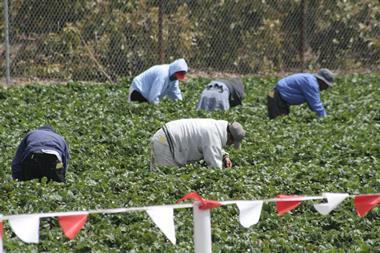
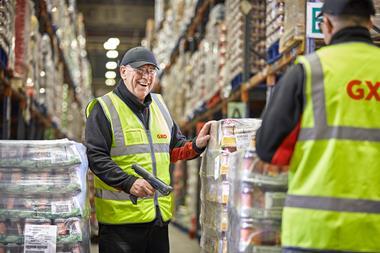


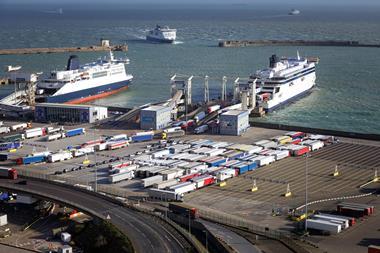



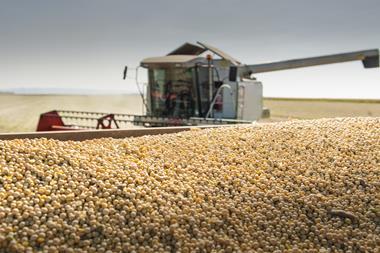

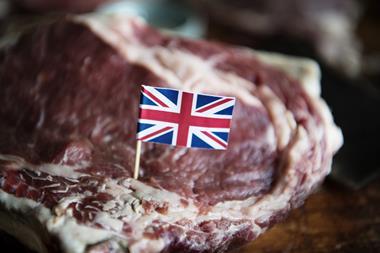
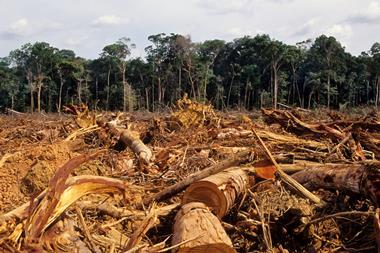
No comments yet